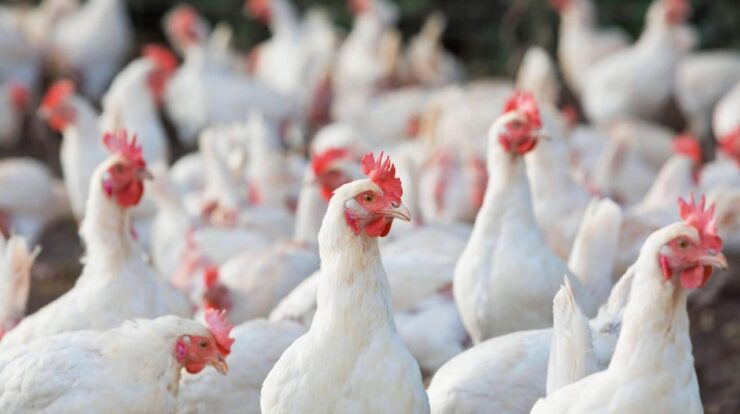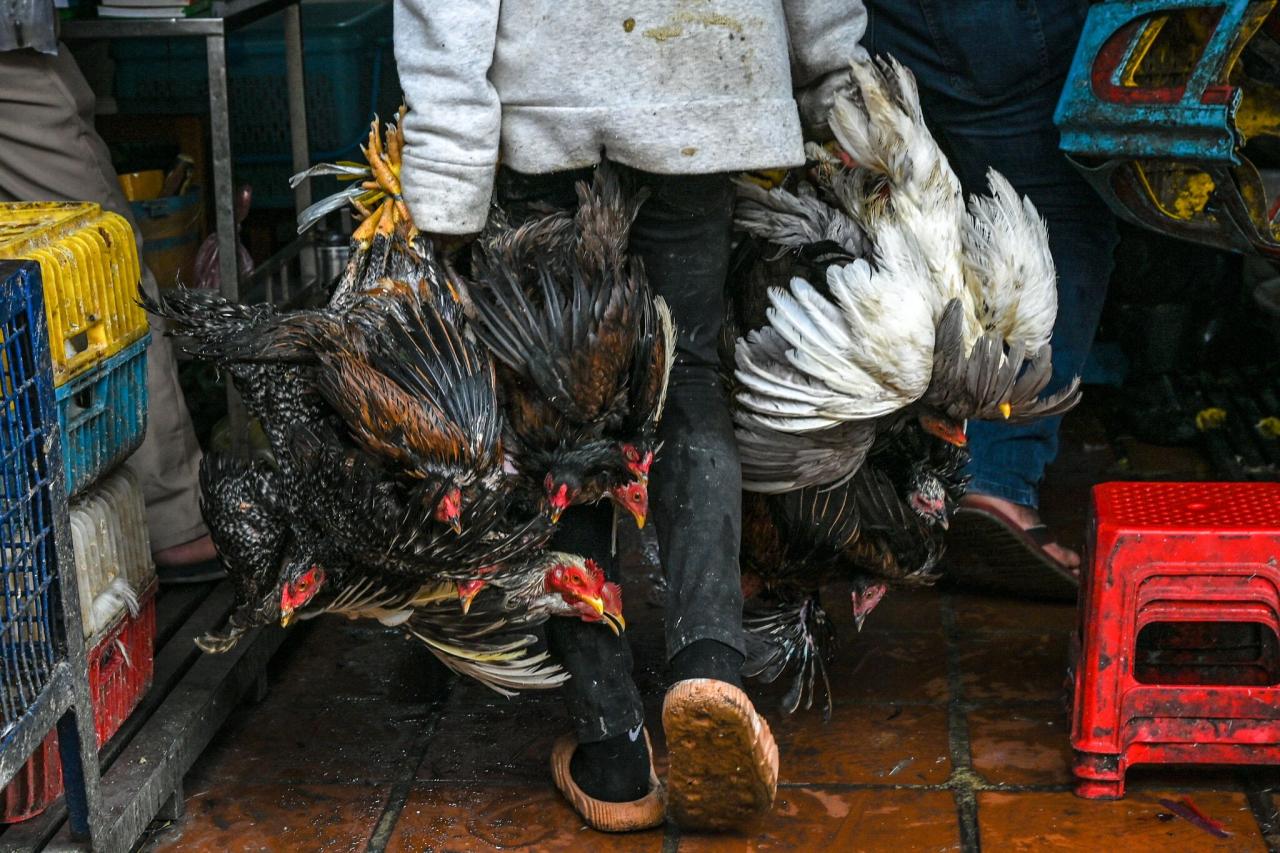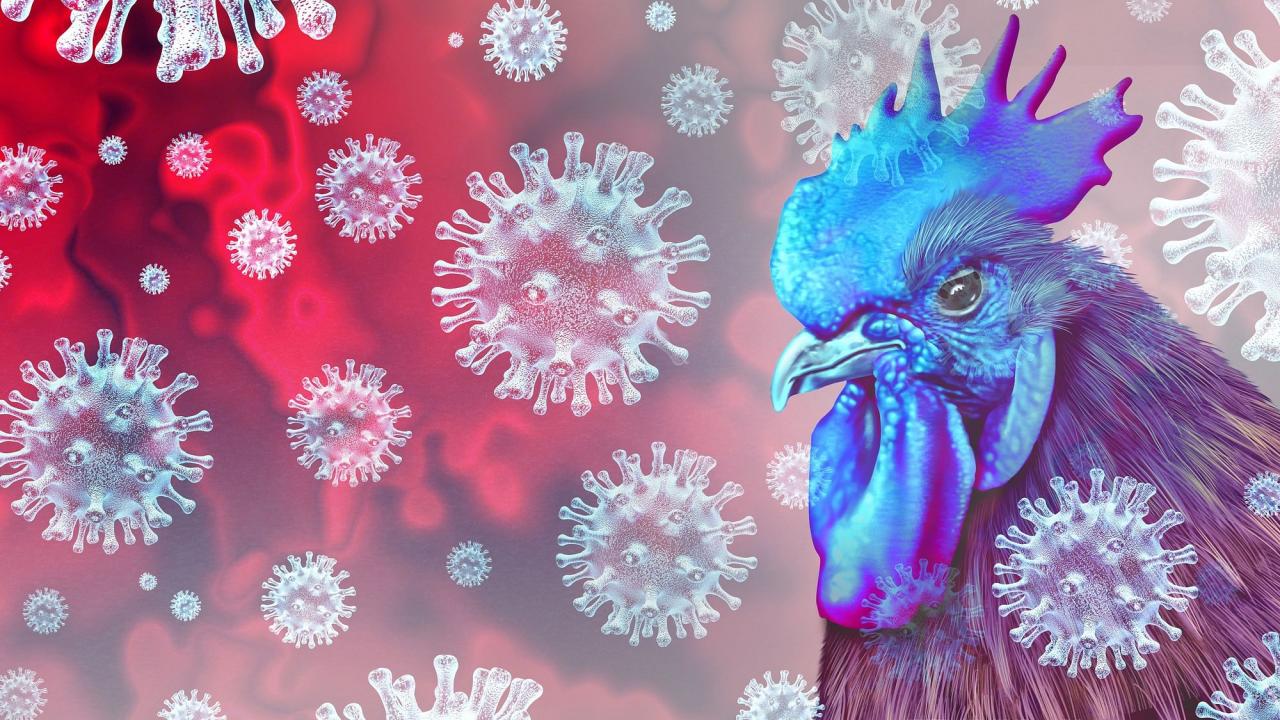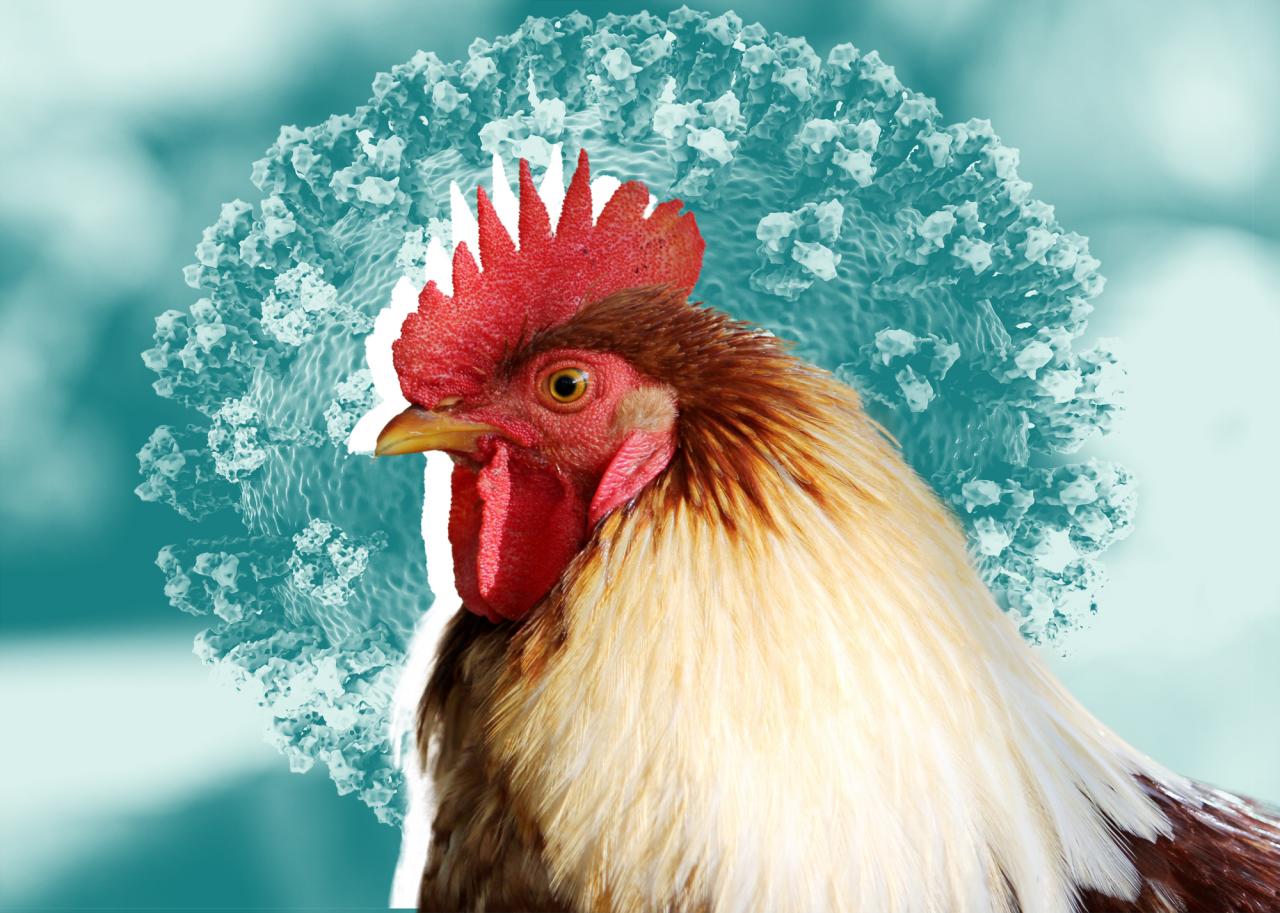
Bird flu virus milk is a topic of growing concern, with the potential to impact milk production, human health, and the poultry industry. This article delves into the transmission, impact, detection, prevention, and public health implications of bird flu virus in milk, providing a comprehensive overview of this complex issue.
The virus can be transmitted through milk from infected birds, posing potential risks to consumers. Understanding the impact on milk production, detection methods, and preventive measures is crucial for safeguarding public health and the poultry industry.
Transmission of Bird Flu Virus through Milk: Bird Flu Virus Milk

The bird flu virus can be transmitted through milk from infected birds. The virus is shed in the feces and respiratory secretions of infected birds, and it can contaminate milk if it comes into contact with these materials. Consuming milk from infected birds can pose a health risk to humans, as the virus can cause severe respiratory illness.
Potential Risks of Consuming Milk from Infected Birds
- Respiratory illness
- Conjunctivitis
- Muscle aches
- Fatigue
- In severe cases, death
Measures to Prevent Transmission of the Virus through Milk
- Avoid consuming milk from birds that are known to be infected with the virus.
- Pasteurize milk before consuming it. Pasteurization is a process that heats milk to a high temperature to kill bacteria and viruses.
- Wash your hands thoroughly after handling birds or their products.
- Loss of income for farmers
- Increased prices for milk and milk products
- Reduced availability of milk for consumers
- PCR (polymerase chain reaction): This test amplifies the genetic material of the virus, making it possible to detect even small amounts of the virus in milk.
- Virus isolation: This test involves growing the virus in a laboratory culture. If the virus is present in milk, it will grow in the culture and can be identified.
- Restricting access to poultry farms
- Disinfecting equipment and vehicles
- Isolating sick birds
- Avoiding consuming milk from birds that are known to be infected with the virus
- Pasteurizing milk before consuming it
- Washing hands thoroughly after handling birds or their products
- Educating the public about the risks of consuming milk from infected birds
Impact of Bird Flu Virus on Milk Production
The bird flu virus can have a significant impact on milk production in poultry farms. Infected birds may experience reduced milk production, as the virus can damage the mammary glands. Additionally, the virus can cause other health problems in birds, such as respiratory illness and diarrhea, which can also lead to reduced milk production.
Economic Consequences of Reduced Milk Production
Detection and Diagnosis of Bird Flu Virus in Milk
The bird flu virus can be detected in milk using a variety of methods, including:
Laboratory Testing
Importance of Early Detection, Bird flu virus milk
Early detection of the bird flu virus in milk is important for effective control and prevention. If the virus is detected early, it can be contained and prevented from spreading to other birds or humans.
Prevention and Control of Bird Flu Virus in Milk

There are a number of measures that can be taken to prevent and control the spread of the bird flu virus in milk. These measures include:
Biosecurity Practices
Vaccination
Vaccination can help to protect birds from the bird flu virus. There are a number of different vaccines available, and the best vaccine for a particular flock will depend on the strain of the virus that is circulating in the area.
Antiviral Treatments
Antiviral treatments can be used to treat birds that are infected with the bird flu virus. These treatments can help to reduce the severity of the illness and prevent the virus from spreading to other birds.
Public Health Implications of Bird Flu Virus in Milk

The bird flu virus can pose a public health risk if it is transmitted to humans through milk. Humans who consume milk from infected birds can develop respiratory illness, conjunctivitis, muscle aches, fatigue, and in severe cases, death.
Measures to Protect Public Health
Epilogue

Bird flu virus in milk highlights the need for robust biosecurity practices, vaccination, and antiviral treatments to prevent and control the spread of the virus. Early detection and diagnosis are essential for effective management, while public health measures aim to protect consumers from potential risks associated with contaminated milk.





